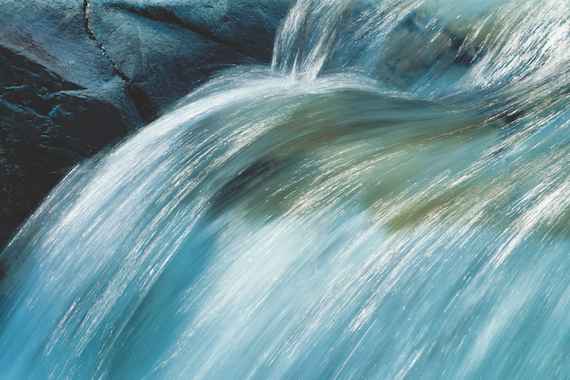Taste test
Tanousis has a simple benchmark for assessing a person’s taste in water and he recommends it to bartenders who want to establish which water brands their customers will prefer: “Do you prefer Evian or Volvic?”
For Evian fans, he suggests ’tenders “offer a water high in bicarbonates, but memorable, surprising and distinctive, such as Iskilde [from Denmark]”.
For Volvic fans, Tanousis suggests a “naturally cool and refreshing water such as Voss [from Norway] or Veen [from Finland].”
For a neutral water, Whitehole Springs from the UK or Solan de Cabras from Spain are good options that won’t interfere with other flavours – arguably they wont enhance them either.
The San Pellegrino brand’s association with the World’s 50 Best Restaurants aligns the water with restaurant dining and drinking. Brand owner Nestlé has invested a great deal of thought into the effect of water on wine and even produced a codex to provide a guide for sommeliers and bartenders.
Broadly speaking, Acqua Panna’s “velvety lightness” works well with lighter wines in both body and alcohol terms – think fresh, fruity whites and young Beaujolais. Meanwhile, San Pellegrino, described as “fresh and tangy”, is the friend of full-bodied wine. Think young reds right through to big full-bodied reds and you will find the structure of the water complements that of the wine.
In the spirits world, Phillips recommends the elegance of Acqua Panna for blended whiskies, while the structure and acidity of San Pellegrino works best with more robust flavours, such as Islay whiskies.
Zoe Burgess, head of research & development at Tony Conigliaro’s Drink Factory, also believes different waters can have an impact on taste.
“It’s really important to look at the mineral content of water when using it in a drink, it can really affect the taste profile of a drink,” she says.
Many top bars are renowned for strong, dry, classic cocktails and Tanousis has a water suggestion for this style of bar, which, by coincidence or design, happens to be the same water used at Tony Conigliaro’s 69 Colebrooke Row in London. Tanousis says: “For sparkling, a robust seltzer-like brand, such as Vichy Catalan [from Catalonia, Spain], gives a distinctive bite. A naturally carbonated water will retain its carbonation better, offering a more consistent experience.”
Burgess says the bar has “been using Vichy Catalan in various Collins’s” since it opened five years ago. “We’ve found that the mineral content amplifies the flavours of the drink in a desirable way,” she adds. “It creates a similar effect as adding saline solution to drinks, which has now become so popular with bartenders.”
She goes on to say customers do actually brand-call the water: “We’ve found that customers are really fond of Vichy Catalan and will ask for it specifically, it almost has a cult following.”
Renowned bartender Laurent Greco, from Mojito Lab in Paris, is international brand ambassador for Perrier. In contrast to the distinctive taste of Vichy Catalan, he says Perrier’s low mineral content and high carbonation means it “does not alter the taste of the cocktail”.




